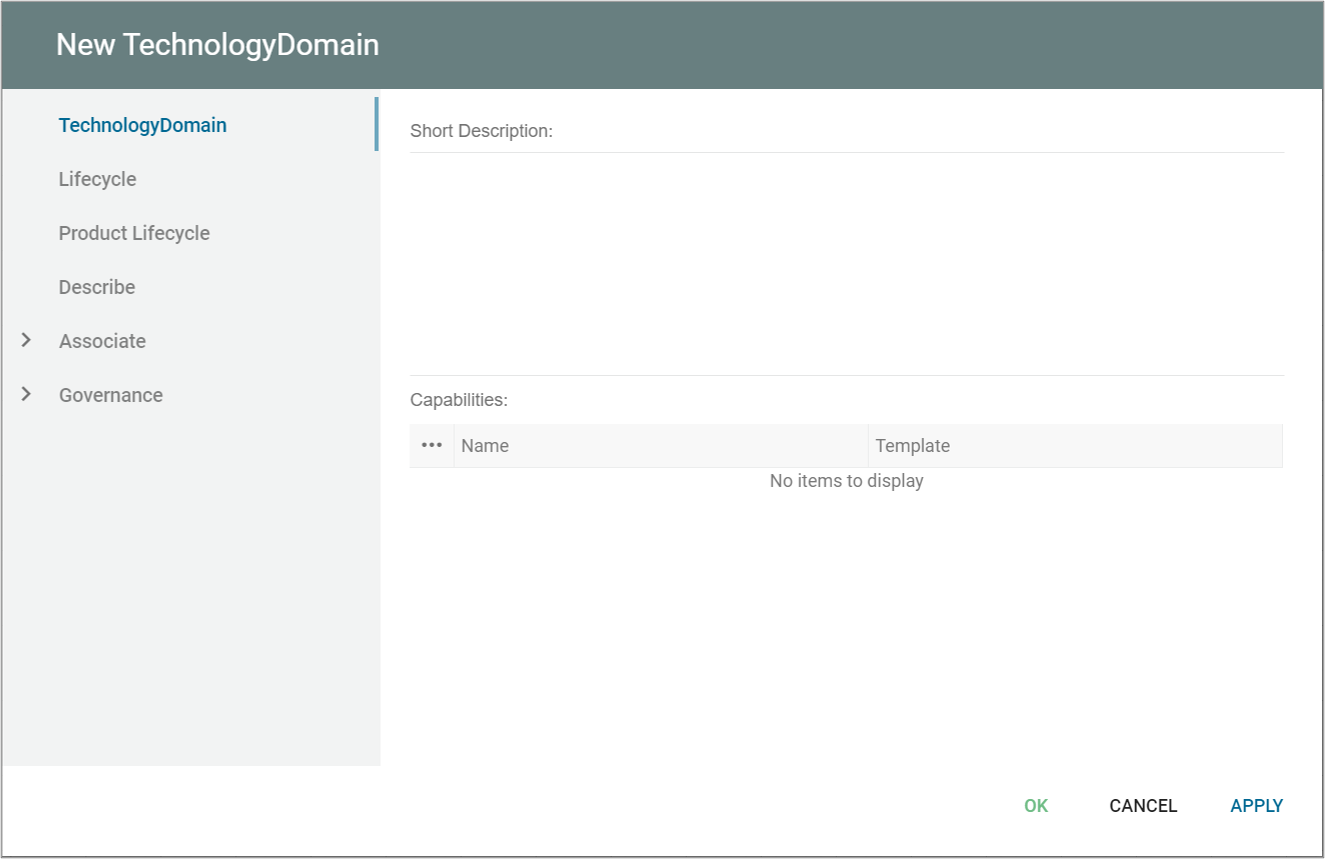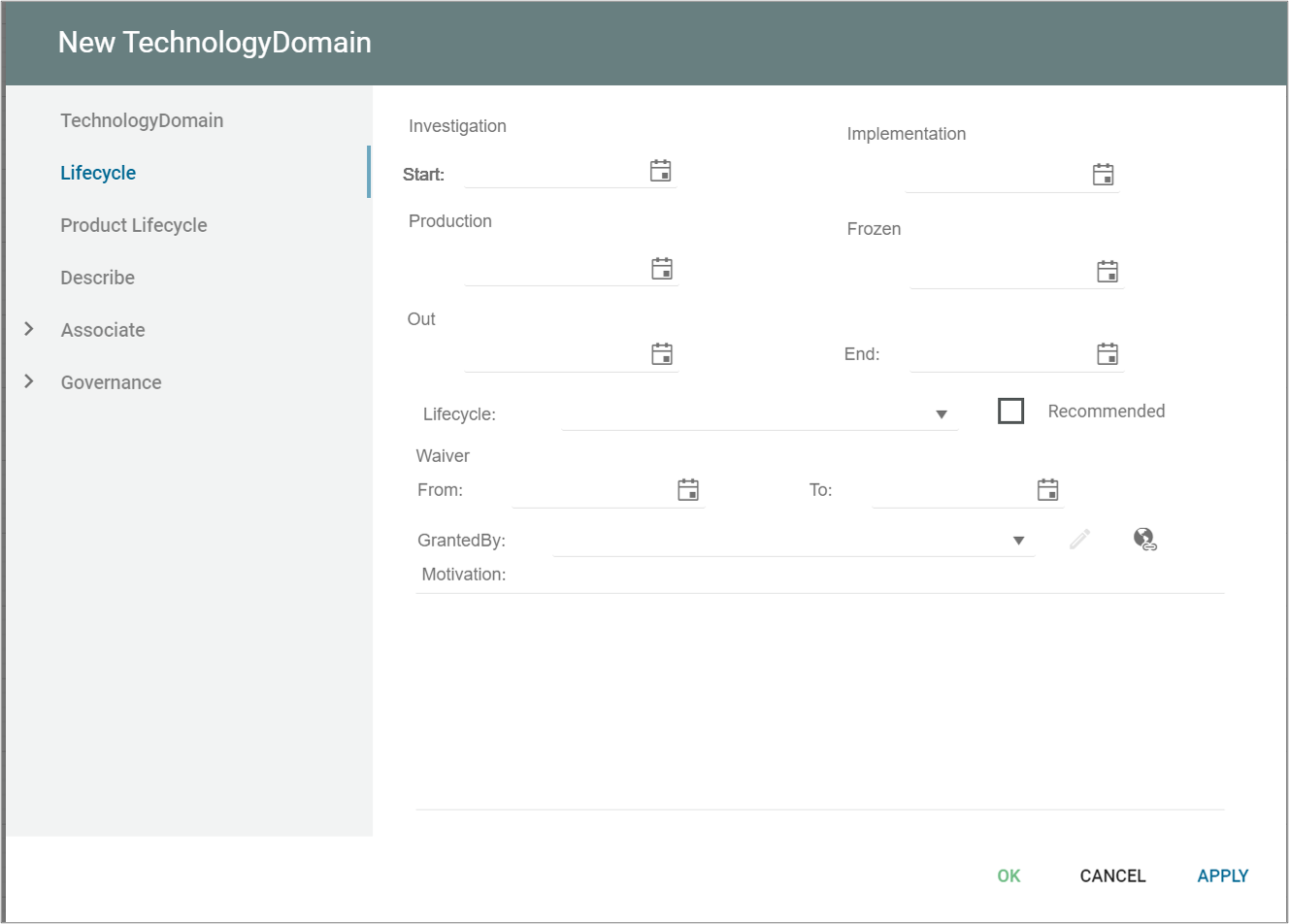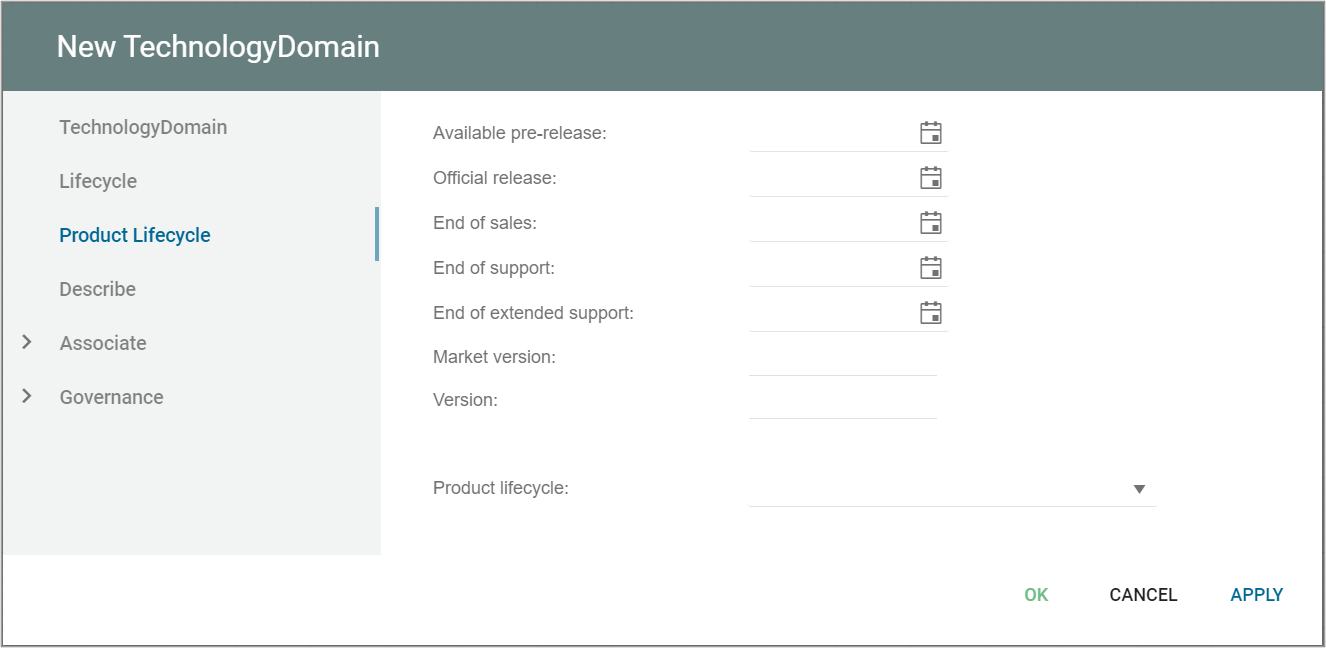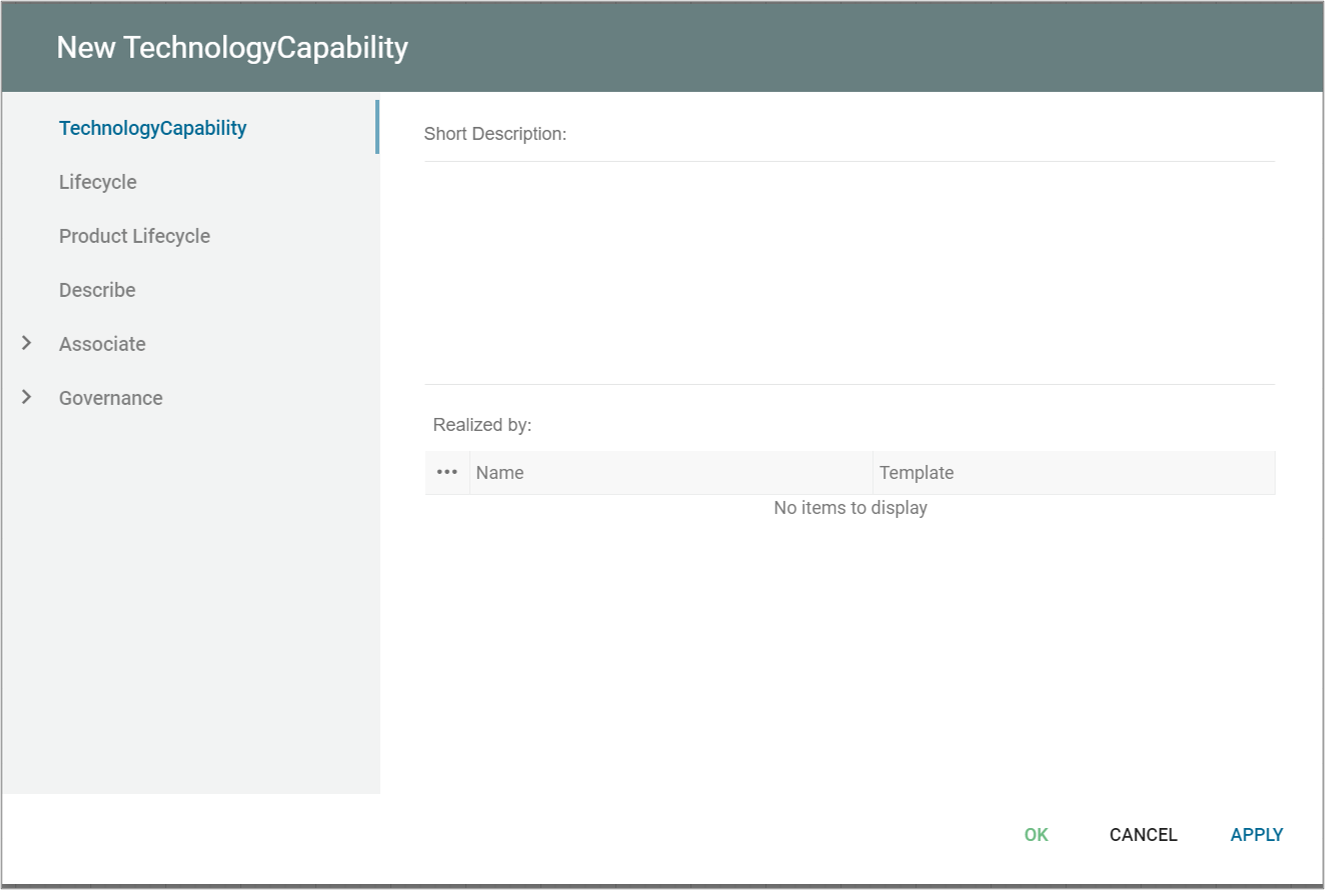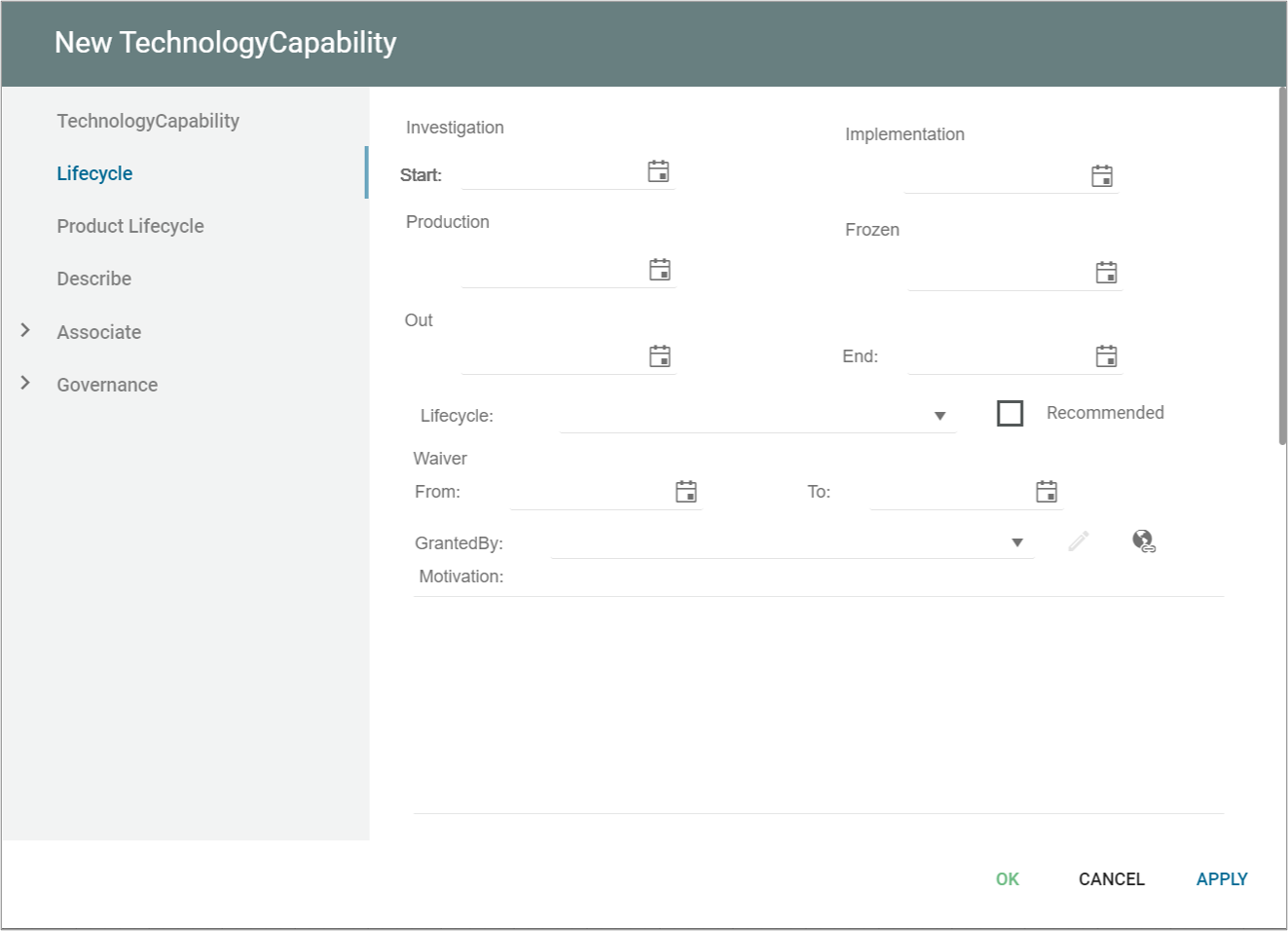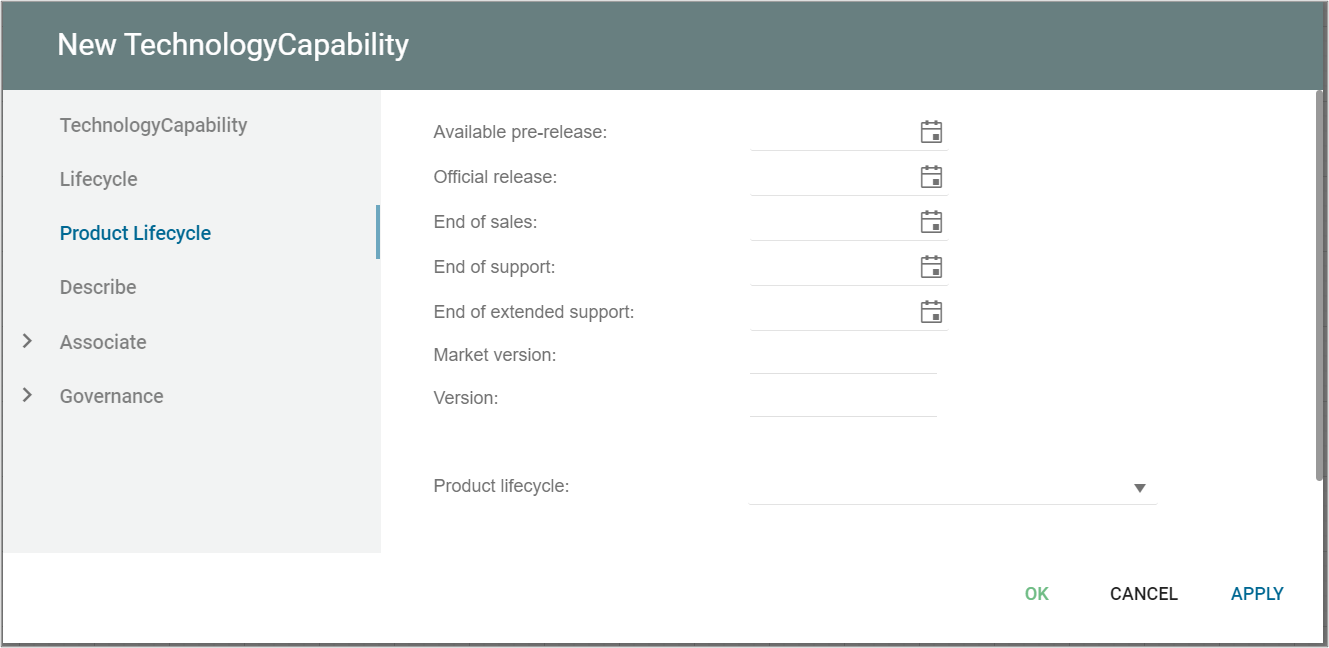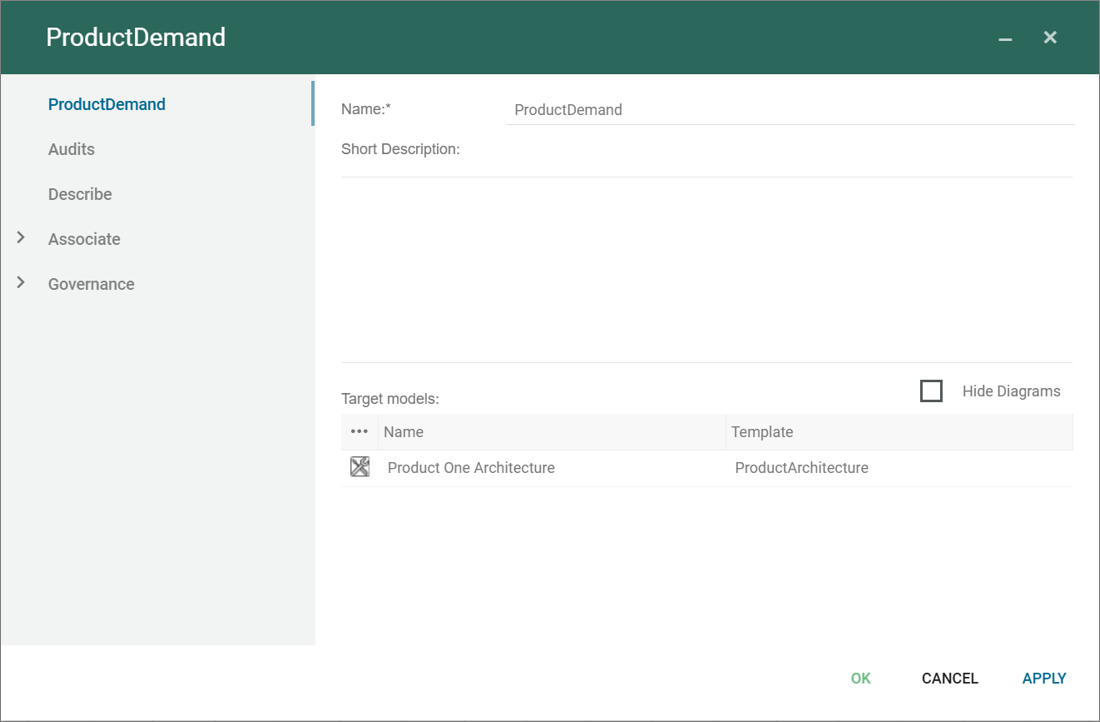The symbol of things typically represents the physical or digital assets that are involved in the ecosystem. These assets might include products, services, infrastructure, and other resources that are used or consumed by the businesses and stakeholders in the ecosystem.
For example, in an e-commerce ecosystem, the things symbol might represent the products that are sold online, the warehouses where they are stored, or the delivery trucks that transport them. In a transportation ecosystem, the things symbol might represent the vehicles, roads, and other physical infrastructure that are used to move people and goods.
